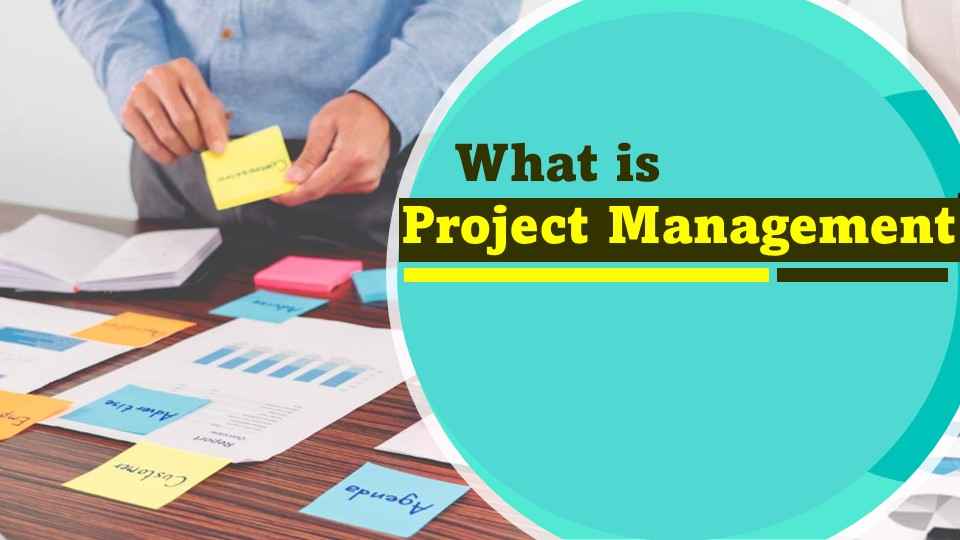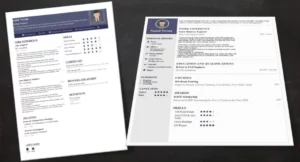Project Management and Its Key Features
- By
- Pooja |
- June 27, 2022 |
- Civil Engineering, Project Management,

Table of Contents
Strategic Planning and Project Programming
Effects of Project Risks on the Organization
Effect of Environment on Construction Management
What is the Gantt chart and how it help in Project Management
What is Risk Register in Project Management?
How to Manage Construction Activity?
How to manage Hazard at Construction Site?
How to Minimize Construction Cost?
What is Project Management?
Project Management utilizes the company's resources such as manpower, technologies, and funds, to accomplish a specified goal, event, or duty. Normally these processes are applicable to one-time project delivery with specific milestones but it is not uncommon to see them applying to continuous product development pipeline projects.
Traditionally, engineering or construction fields, as well as more recently, information technology (IT) and healthcare have been associated with project management because they all require the completion and assembly of numerous components in a precise order in order to produce a product or deliver services.
Regardless of the sector or industry, a project manager's role is generally more or less the same, which focuses on the project's goals and project objectives. It assists to identify when and by whom the various project components will be completed. In addition, they carry out quality control tests to make sure that the final products fulfil a predetermined requirement.
Trends in Modern Management
Recent management trends refer to the most up-to-date methods used by managers to efficiently manage their staff. Changes in the market and in management trends follow suit. These modifications are dependent on the current market conditions.
Total Quality Management, Crisis Management and Risk Management are some of the popular current management trends.
Let's take a closer look at these subjects:
- Quality Assurance & Reliability
- Management of Risks
- Management of a Crisis
- Management can help you overcome resistance to change.
- The Change Management Hierarchy
- The International Manager's Role in Global Business Practices
Strategic Planning and Project Programming
The cost of a building project is more heavily influenced by the facility owners. This is obvious since the decisions made at the beginning of the project have an impact on all subsequent actions.
Figure 1 shows how this works. The design and construction decisions advance the project's operational costs. In order to ensure thorough and optimum planning as well as a feasibility analysis for the project under consideration, an owner must seek the advice of experienced professionals.
Many owners are unable to manage their own construction work or to have in-house engineering related to their project because they lack the resources. That's why they need to speak with an independent consultant or specialist to help them accomplish their demands.
Fig.1: Factors influencing construction cost against time
Effects of Project Risks on the Organization
Taking on a construction project is fraught with risk due to the large number of people involved and the variety of variables that might go wrong. Conflicts among participants can be harmful to the project because everyone is trying to minimize their personal risk.
Due to its control over risk allocation through correct contractual interactions with other parties, only the owner has the authority to temper such tensions. It's common for owners to fail to recognize this obligation, which might result in unfavourable outcomes.
Federal agencies have begun to adopt the idea of "risk-sharing/risk assignment" contracts in recent years. It is believed that the cost of this sort of contract will be cheaper than that of a contract in which all risks are assigned to contractors. Recognizing that incentives are needed to encourage participants to take on higher risks is a vital first step in tackling the issue of uncertainty.
A participant's readiness to take risks often reflects both their professional ability and their risk-taking proclivity. Society's view of a participant's potential liabilities can influence the risk-taking attitude of all participants. A claim filed against one of the participants is difficult for the public to ascertain whether fraud has been committed or just an accident.
Effect of Environment on Construction Management
The environmental movement has added to construction uncertainty because of the inability to foresee what will be necessary and how long it will take to secure regulatory agency permission.
Additionally, the need for constant re-evaluation of issues and the lack of practical standards have resulted in additional costs.
In the energy sector, where nuclear power plants and coal mines are prevalent, rules aimed at improving public safety have had a similar impact. Engineers, builders, and owners have had to deal with continually shifting requirements as projects go from design to construction.
This extra level of unpredictability can make it nearly hard to plan and complete projects on time and on budget. Increasingly high inflation and interest rates have exacerbated the uncertainty that has permeated most of the last decade.
Construction Funding
Construction funding can be impacted by the deregulation of financial institutions, as a result of unexpected issues like funding anomalies or misuse. Some degree of uncertainty should be eliminated or at least minimised from regulatory bodies, environmental difficulties, and the financial components of development.
Owners are eager to find a way to reduce the cost of the projects and reduce or eliminate the time they take to complete them. It's rare for a breakthrough like this to be planned. In general, they occur when the proper conditions are there, such as when innovation is enabled or when a basis for incentive or reward exists.
Meaningful cooperation amongst all parties concerned is still a long way off. The cost of construction rises during periods of economic expansion due to large capital expenditures by industries.
What is the Gantt chart and how it help in Project Management
Planning and scheduling of the project are made easier with Gantt charts. They aid in the estimation of project duration, the identification of necessary resources, and the formulation of a work schedule. They're also useful for keeping track of the ties that bind several jobs together.
What is Risk Register in Project Management?
Project managers use a risk register to keep track of any potential problems and hazards that may arise throughout the course of the project. So, basically, it's an inventory of potential threats, along with the measures that can be considered to minimize the risks.
How to Manage Construction Activity?
Activities are scheduled in phases within the project plan with a clear start point and end point. Normally an activity contains a few tasks and their completion lead consider the whole activity being completed. Numerous activities are formed to call a summary activity.
How to manage Hazard at Construction Site?
Controls that are in place to keep workplaces safe and healthy not only keep employees safe from harm but also help the organization to maintain a healthy and safe working environment for their employees.
How to Minimize Construction Cost?
To ensure that a construction project stays within its allotted budget, managers use labour, material, and overhead management methods to keep costs in check. To keep costs under control, a project's managers prepare project cost estimates and monitor progress at regular intervals.
I hope the blog provides you with a good understanding Project Management and Its Key Features.
Please feel free to like, share and comment.
Admin, gcelab.com Please see our Pillar Post to know why we founded gcelab.com.

Pooja
Founder at gcelab.com, Pooja is an Entrepreneur unlocking human potential. Working in the Principles of Lean Start-up, Pooja believes in Transparency and User Happiness the most. Pooja’s background in teaching gives her a sophisticated grasp on even the most tedious aspect of course building. She is passionate about people who believe that good is not enough.
Previous Post
HAZARDOUS-WASTE MANAGEMENT
Next Post

